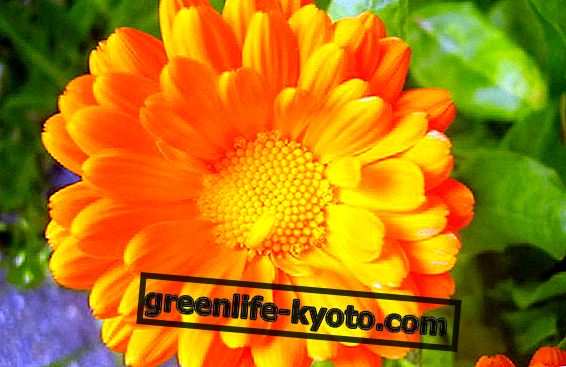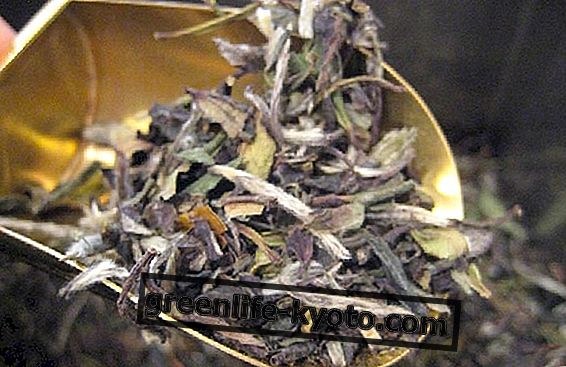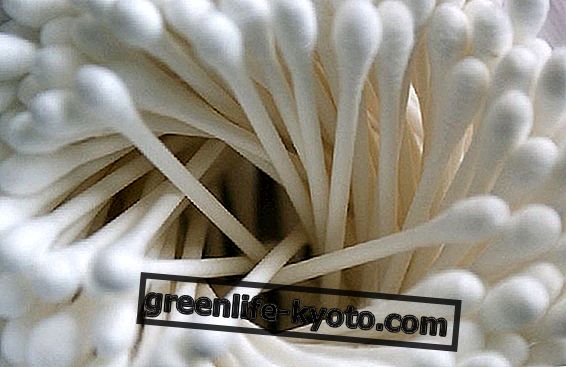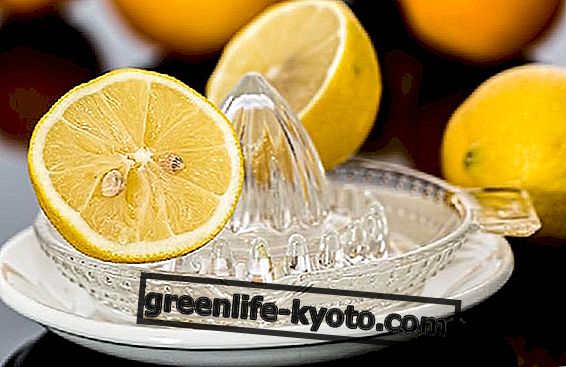
Curiosity: the Egyptians considered the Marigold a plant capable of making rejuvenate. The Hindus adorned the temples. Persians and Greeks used its petals to decorate food. Tradition has it that if Calendula flowers remain closed in the morning, it will most likely rain!
Botany: Calendula belongs to the Asteraceae (also called Composite), a botanical family of the Asterales Order. The Asteraceae are a family of dicotyledonous plants (flowering plants in whose seed the embryo has two cotyledons, embryonic leaves), mostly herbaceous. The peculiarity of the Composite is the flower head inflorescence, composed, that is, of a set of small compact flowers between them. In addition to the Calendula officinalis, this family includes the Matricaria recutita, from which the infusion of Chamomile, Taraxacum officinalis, Tarassaco, Artemisia vulgaris, Artemisia, and many others are derived. The Calendula, can reach up to 70 cm in height. It has a taproot root, a branched stem covered with down and lance-shaped leaves with an entire or slightly serrated edge. If rubbed, the plant gives off a pleasant scent, not strong but characteristic. The flowers are edible, with a slightly bitter and slightly salty taste.
Habitat: Calendula grows spontaneously in Italy and is difficult to grow for ornamental purposes. Its origins are essentially European, North African and Western Asia. As a wild plant, Calendula is found almost everywhere, but especially along the edges of sunny streets or in open fields. In Italy it is widespread in the South.
Cultivation
- Sowing: the Calendula is usually grown as a biennial, sowing in March (to obtain summer flowering), or in September-October (to obtain the winter one), directly at home, in large pots. If you live in areas with a very harsh climate, it is advisable to cover the vase with a greenhouse craft (created with a simple plastic sheet), at least until the time of germination. Being an annual or biennial species, it is possible to multiply it only by seed, remembering to cover the seeds with a centimeter of compost.
- Flowering: the flowering period is between May and November. The flowers are large orange or yellow flower heads that contain pigments sometimes used as dyes instead of saffron.
- Exposure to light: it grows well both in full sun and in partial shade.
- Fertilization: this plant has no particular requirements as regards the soil, the important thing is that it is not too compact and that the pot is equipped with an effective system of excess water drainage. The common well-drained garden soil is sufficient. Fertilize before flowering. Just before the flowering begins, administer mixed liquid and quick-acting fertilizer against parasites, rust and larvae.
- Watering: if the plant is facing full sun, it will need to be watered every day; if it is placed in half shade it will be enough every two.
- Diseases and pests: it can be affected by white disease, rust and night.
- Transplantation: in spring or in autumn.
- Adaptability: if cultivated in the garden, it tends to spread spontaneously.
Useful parts: for medicinal purposes, the Calendula is used in particular flowers. To obtain a fresh juice, however, leaves and stem are also worked, but not the root.
Active ingredients : Calendula is rich in active ingredients that make this plant an excellent remedy against many ailments. Among the active ingredients are: essential oils, which give the typical fragrance and have a powerful anti-inflammatory action, bitter principles, resins, fatty acids, salicylic acid, saponin, carotenoids, including calendulin, pentacyclic triterpenes, flavonoids, immunostimulant polysaccardi, phytosterols and mucilages.
Healing properties: choleretic, cholagogue, antiseptic, antimicrobial, antiviral, anti-inflammatory, diuretic, healing, emmenagogue, purification and helps sweating.
Therapeutic indications: due to its anti-inflammatory and anticoagulant properties, it is excellent in the case of inflamed or purulent wounds, burns and rashes . Also indicated for arterial hypertension, difficult digestion, sore throat, acne, canker sores, gingivitis, herpes, insect bites, hives . It can also be used for flu, cough and cold (decoction) - menstrual pain, fever, ulcers and skin irritation (infusion) - help the healing of sores, small wounds or herpes zoster (natural juice and plant flowers or in the form of oil and ointment) - toothache and neuralgia (rinsing with calendula wine) - dry skin, cracking, erythematous dermatoses, chilblains, calluses, warts (topical use).
Calendula creams: benefits and how to make them
Applications
- Herbal tea: pour 1-2 teaspoons of dried petals in 1/4 l of boiling water. Leave to infuse for 10 minutes and then strain. Berne a cup fits 1-2 times a day sweetening with a little honey.
- Decoction: boil 1 teaspoon dried flowers in 2.5 dl of water for a few moments and let stand for 10 minutes, then strain and drink 2 cups a day on an empty stomach, sweetening a little honey, to combat phlegm, cough, fever and flu states.
- Tablet: immerse a compress of gauze or cotton in the infusion and apply to the painful area. Excellent for healing wounds and for skin irritations.
- Ointment: you can buy it in a pharmacy or herbalist's shop, or you can do it at home by adding a few drops of essential oil of calendula to a base cream for your skin. Use it on cuts and cracks.
- Juice: squeeze the whole plant, except the root, and place the juice directly on warts, calluses or other wounds on the skin.
Bibliography
- C. Di Stanislao, O. Iommelli, L. Giannelli, G. Lauro - "Comparative phytotherapy" - Massa Editore
- "Encyclopedia of Phytotherapy" - Ed. Riza
- "Herbs good for health" - Ed. Giunti Demetra
- "Guide to Natural Medicine" - Ed. Selection
- C. Monti - “Aromatic herbs and spices. Cooking, health and beauty "- Ed. Xenia
- "Nature & Health" - Ed. De Agostini
- "My flowers and my plants" - Alberto Peruzzo Publisher
Giuseppe Annunziata













